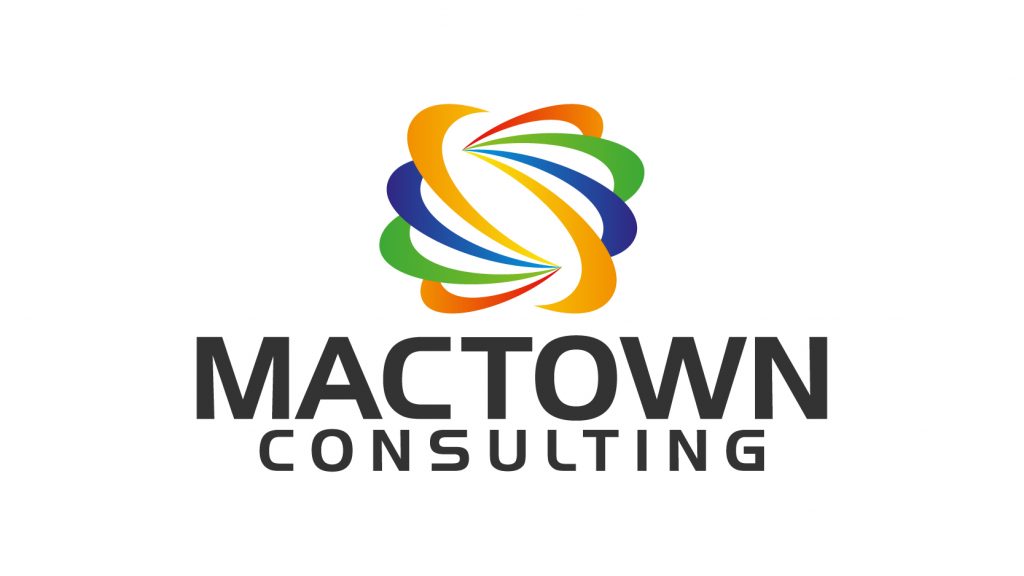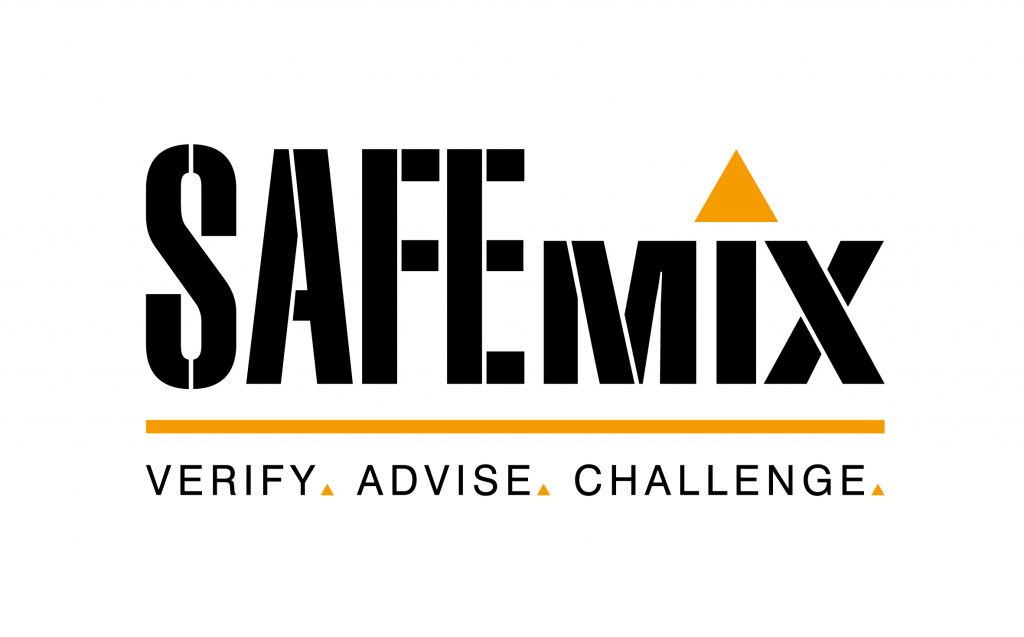Safety Management Systems & RCSD Management Workshop
GAVIN MOREIRA, Member Services Manager for CMPA provides an update on the Safety Management Systems & RCSD Management Workshop held in Epping.
On 30th March 2023, the CMPA held a workshop to support members in meeting the requirements of the Victorian Occupational Health and Safety (OHS) Act 2004, the OHS Regulations 2017 and specifically the OHS Amendment (Crystalline Silica) Regulations 2021. The session highlighted CMPA tools available to support compliance.

The first presentation for the morning was by Anita Macartney, Director / Principal Consultant from Mactown Consulting on Safety Management Systems for Quarries. In July last year Mactown Consulting partnered with WorkSafe Victoria in a project designed to improve health and safety in small quarries, by providing access to free OHS resources and training.
The project aimed to reduce workplace harm by providing a systematic and structured approach to identifying, assessing, and controlling hazards and risks in the workplace. To provide employees with the necessary knowledge and skills to recognise hazards, assess risks, and implement control measures. This can help employees to work more safely and reduce the risk of harm. It also provides a framework for continuous improvement by monitoring and evaluating the effectiveness of control measures and identifying opportunities for improvement.
Secondly, to provide quarries with visibility of how other sites control risk associated with fatality risks. And thirdly, the project aimed to improve knowledge and understanding of safety risk management.
In meeting those three objectives, a suite of tools designed to help you grow safety maturity on your site was developed. The first tool is a safety management system manual. This is designed around the components of the International Standard 45001, occupational health and safety management systems. The manual includes responsibilities for maintaining an SMS, complaints procedure, bullying policy, consultation, health surveillance, return to work, and many more elements which should be included in an SMS.
Supplementary to the SMS are about 33 forms, templates, and checklists, including an emergency response plan, ground control management plan, asset register, and incident report form. All of these documents are in Word and can be edited to suit your workplace.
Then we have 3 training packages. Introduction to safety legislation, SMS fundamentals, and Risk Management fundamentals. Each training package is designed to be presented to your workers over a 45-minute session, and as it is broken into 3 sections, it doesn’t need to be done all at once.
And finally, 5 bowtie diagrams, identifying risk controls for 5 risks – Blasting, geotechnical failure, silica dust, structural failure, and uncontrolled movement of plant.
Bowties were then discussed and some practical examples created by the group. They are a risk management tool commonly used in mining, aviation and oil and gas, which identify holes in your SMS, and communicate risk in a simple, easy to understand diagram.
To gain access to the material for free, you MUST be a quarry operator in Victoria. When you register, you’ll be asked for the quarry name and work authority number, as well as a contact name and email.
Go to www.mactownconsulting.com to register under the Quarry Tools Resources page, and once accepted, you can download any / all the resources.
After lunch, David McKelvie of SafeMix presented us with an update on the latest Respirable Crystalline Silica Dust (RCSD) Management Guideline. The purpose of the Guideline is to:
• Provide members with appropriate management practices required to minimise potential health risks associated with RCSD arising from extractive industry and concrete recycling operations;
• Provide members with a template they can populate so as to establish a site specific RCSD Hazard Control Plan; and
• Assist members in establishing and maintaining a Work Plan that defines operational activity so as to obtain and sustain an Extractive Industry Work Authority.
The training provided a basic understanding of how to control RCSD in the workplace, so as to either eliminate or reduce the risk associated with exposure as far as is reasonably practicable.
The key topics covered included; Dust Legislation, all about dust, health effects and surveillance, monitoring dust levels and as a group we looked at Controlling Dust.
The final presentation was from Dr Sharann Johnson AM COH FAIOH on Respirable Crystalline Silica (RCS) Dust Exposure Assessment at Quarries. A detailed article is found on page 28-29.
Thanks again also to all the presenters and to our sponsors Mactown Consulting and SafeMix.











You must be logged in to post a comment Login